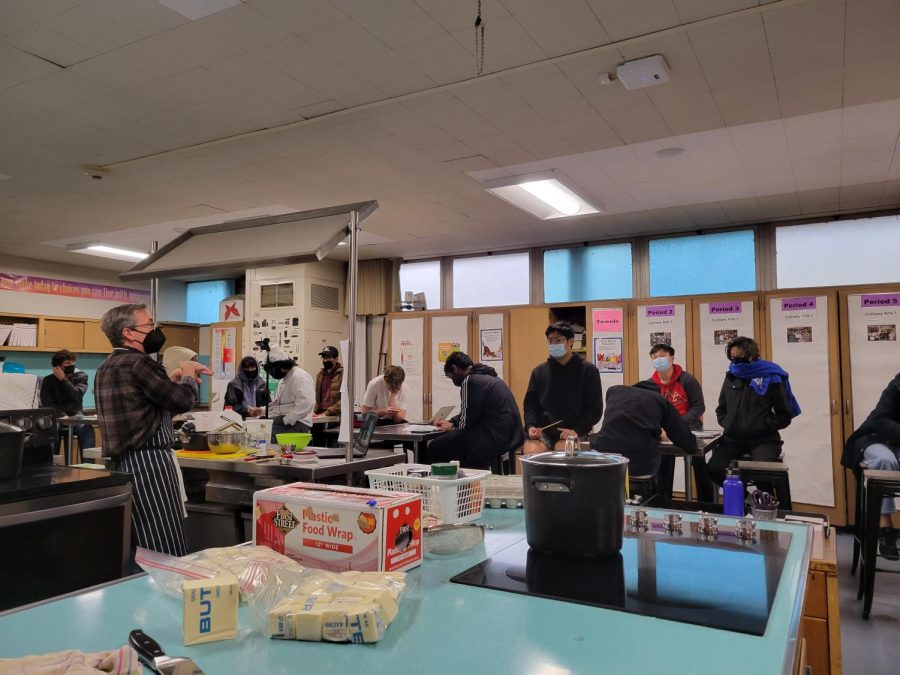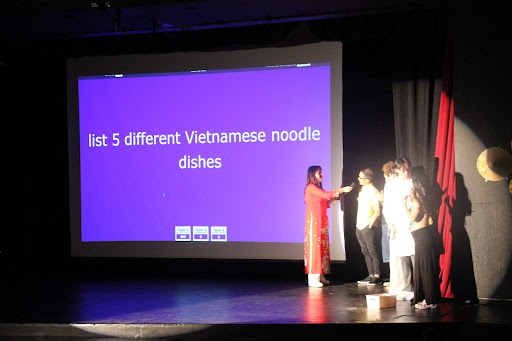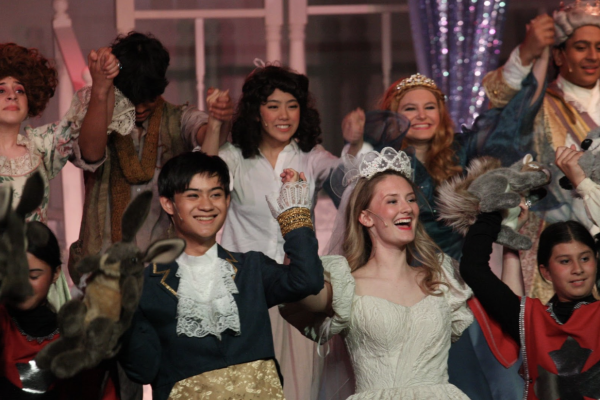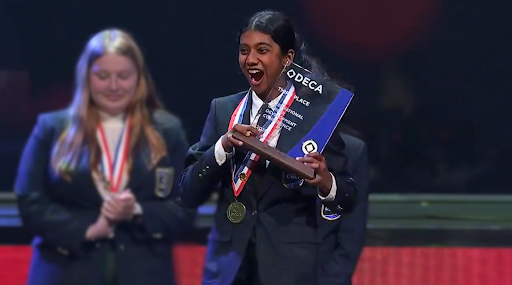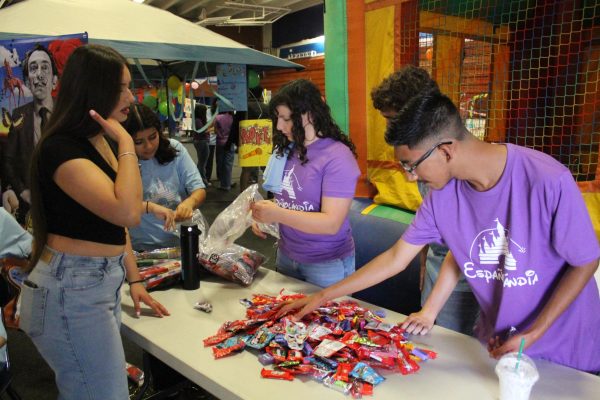Culinary: An Art and a Science
Mr. Rodocker teaches his 6th period Culinary 2 class how to make a chocolate and vanilla custard cream pie.
Students walk down the freshman hallway with the weight of five textbooks, two failed tests, rainwater dripping from the leaky roofs, and…is that the smell of fresh bread?
Culinary Arts, located in room 14, is an elective open to sophomores and upperclassmen. Students begin in Culinary 1 and may continue through Culinary 2 if they choose. Despite the name, Culinary is not purely an art form. Science plays an important part as well.
“When you’re beginning, you really need to understand the science of culinary in order to be able to grapple with it,” said Mr. Rodocker, the culinary teacher. “Once you understand the science, then the art […] comes into play. And you can start to play with how foods interact with each other, and how spices will kind of meld with each other.”
Culinary 1 is typically focused more on the “science” aspect while Culinary 2 allows for the “art.” However, this year has been a little unusual, after struggles learning online. Due to the difficulties of teaching and learning culinary remotely, this year’s Culinary 2 curriculum repeats some of the content taught in Culinary 1.
“The biggest difference in Culinary 2 is [that Mr. Rodocker] gives us more responsibility,” said Daniel de Vera (12), a Culinary 2 student. “He just displays ingredients, does a cook, and lets us go off on our own. […] In-person, working with your teammates, and being able to actually be with each other and tell people to do different things separately. That way, you can get it done faster.”
In terms of the Culinary 1 curriculum, students begin with safety precautions and knife handling skills. They are able to get a food handler certification that allows them to work in kitchens. First semester focuses on baking while second semester covers international foods.
“Obviously, one dish cannot tell the story of an entire country,” Mr. Rodocker said. “But you can at least start to talk about the flavor profiles from a different region, and how different regions will have similar spices and herbs. It’ll be like one or two spices or herbs that will differentiate Indian food from Mexican food. And that will completely change the flavor profile completely.”
Each week is focused on one dish. On Mondays is book work, where Mr. Rodocker makes the dish and students take notes on it. On block days, they work in teams to make the dish themselves.
“It’s much more fun because book work is easy […] and there’s always downtime and cooking, especially if you bake: you’re just going to stand there wait for the food to finish,” said Timothy Ngyuen (11), a Culinary 1 student. “So it’s much more lax, but at the same time, you have to keep up a certain intensity.”
Bread, waffles, omelets, and macaroni and cheese are just a few of the dishes Culinary has made. They all contribute to the delightful smell wafting down the hallways during passing period.
“I love food. I love all food,” Mr. Rodocker said. “It’s really hard to say there’s one [dish] I like more than the others. And the kids are the same way. I poll them at the end. It’s like ‘what do you like me to teach again next year, what do you not,’ and it’s all over the map. So some of them like the carrot soup, some of them like the butter chicken. […] I think they all bring something to the class.”



